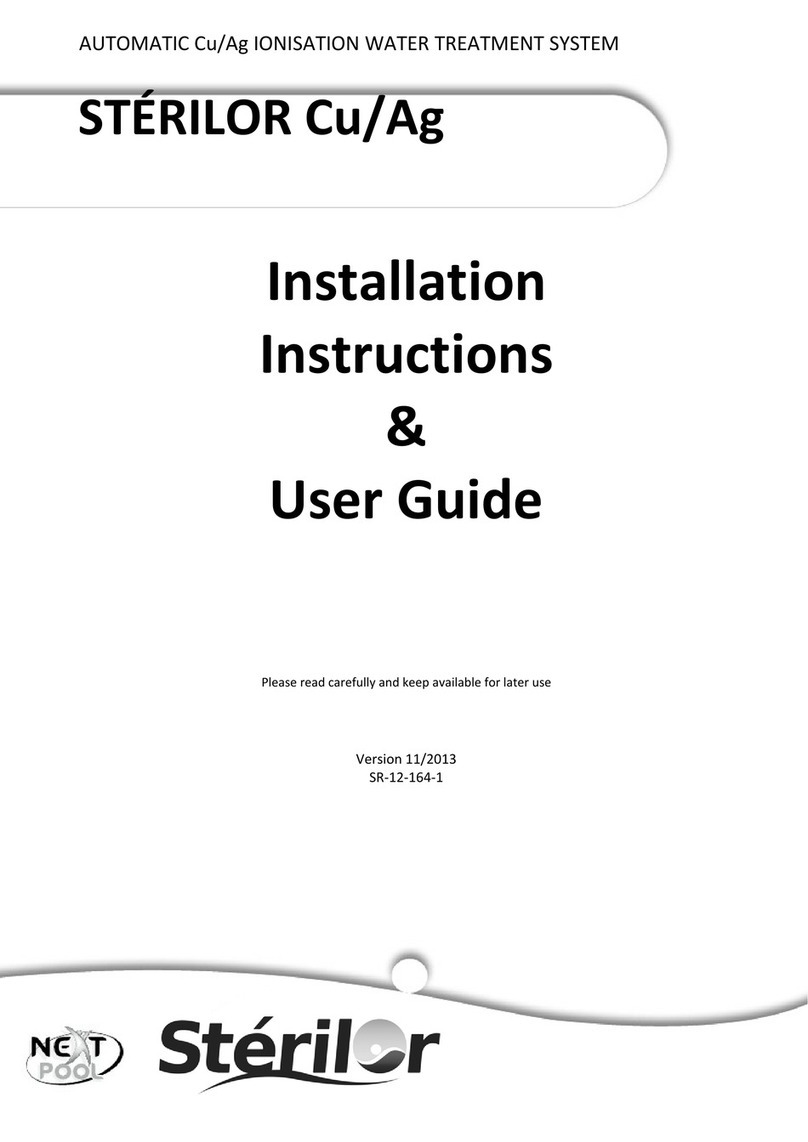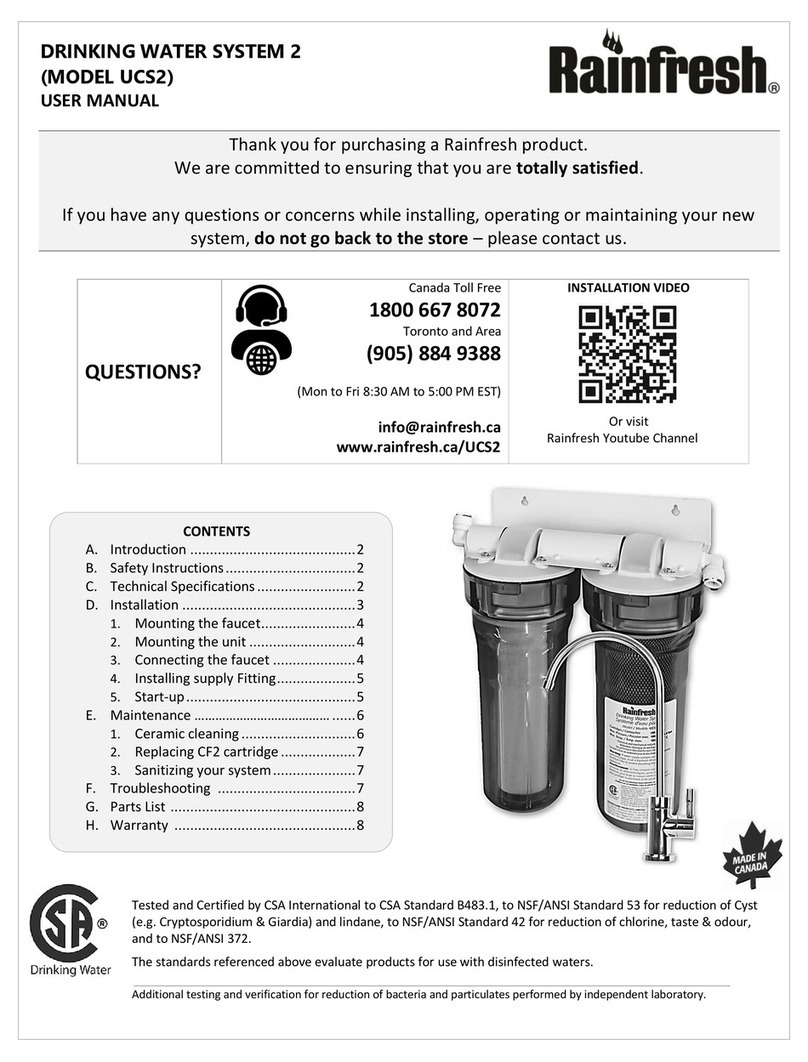1
Geberit Drainage Systems
Introduction
BBA British Board of Agrément
Geberit HDPE pipes and fittings have been certified by
many European authorities and in 1976 also received
BBA certification.
European Quality Certificate IS0 9001.2000. For its
manufacturing plants in Europe Geberit has received the
highest quality system available, issued by theSwiss
EQ-Netmember SQS for compliance with the ISO 9000/
EN 29000 series. EQ-Net members are in all countries
throughout Europe, includingBSI QA United Kingdom.
DIN Standards Geberit conforms to:
•EN1519: Plastics piping systems for solid waste and
discharge (low and high temperature) within the building
structure. Polyethylene (PE)
•DIN 19535-10: High density polyethylene (PE-HD)
pipes and fittings for hot-water resistant waste and
soil discharge systems (HT) inside buildings-Part
10: Fire behaviour, quality control and installation
recommendations.
•DIN EN 12666-1: Plastic piping systems for
non-pressureunderground drainage and sewerage
systems. Polyethylene (PE).
Introduction
Geberit HDPE is the total solution for all types of drainage
including above ground, below ground and chemical waste.
It provides the appropriate solution for every requirement
whether it is conventionally installed or prefabricated.
Geberit Silent-db20 gives all the benefits of HDPE with
increased levels of sound proofing which is achieved by its
patented high density material. The ribbed fittings and
acoustic brackets further improve sound dampening near
impact zones.
This guide has been designed to assist you and provide
technical support for all your Geberit HDPE and Geberit
Silent-db20 installation needs. Geberit Silent-db20 has
specific requirements that should be considered when
planning and installing.
We hoped to haveincluded all your needs but should you
need further assistance please contact our Technical
Services department on 0800 077 8365.
Standards and Approvals



























